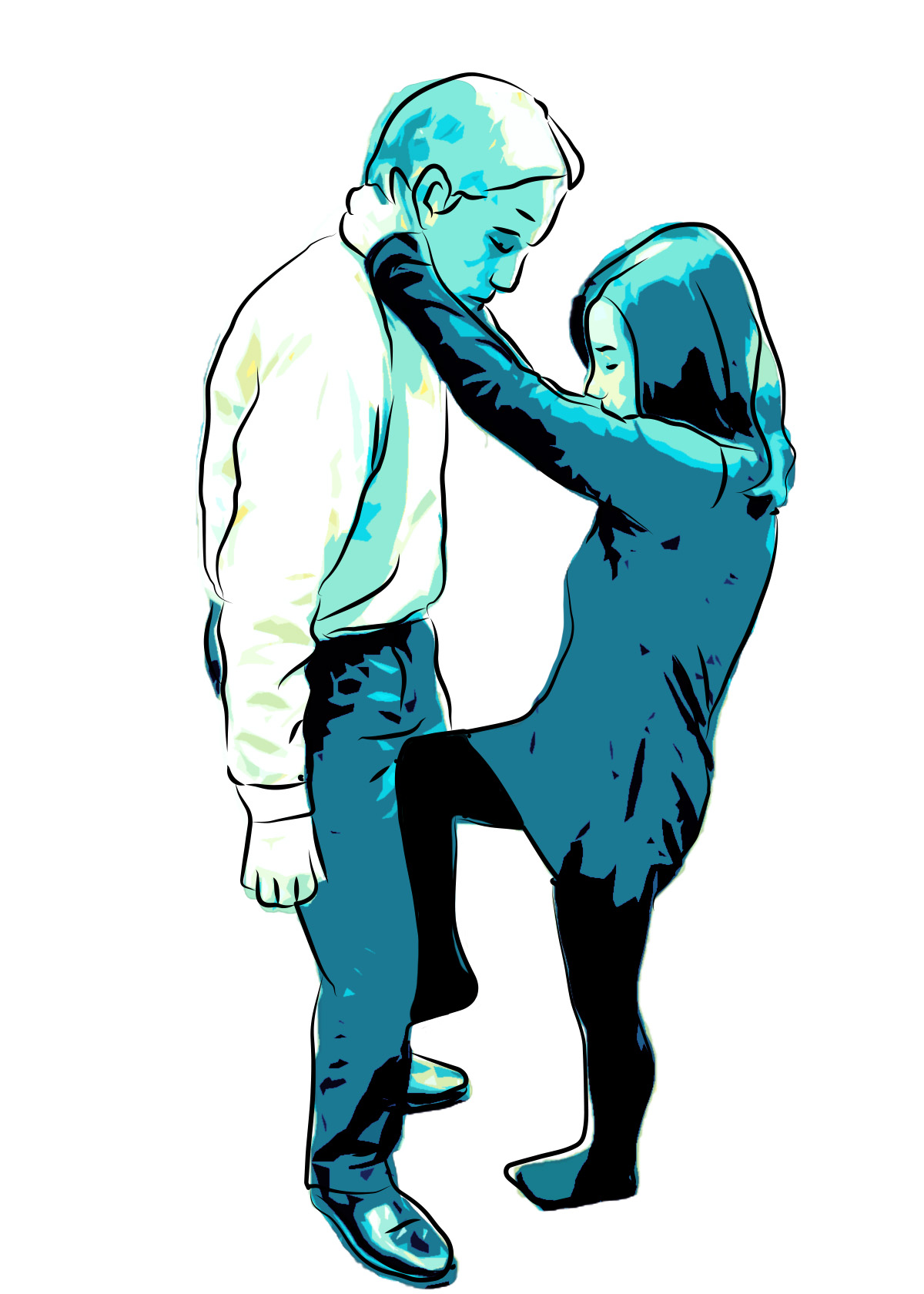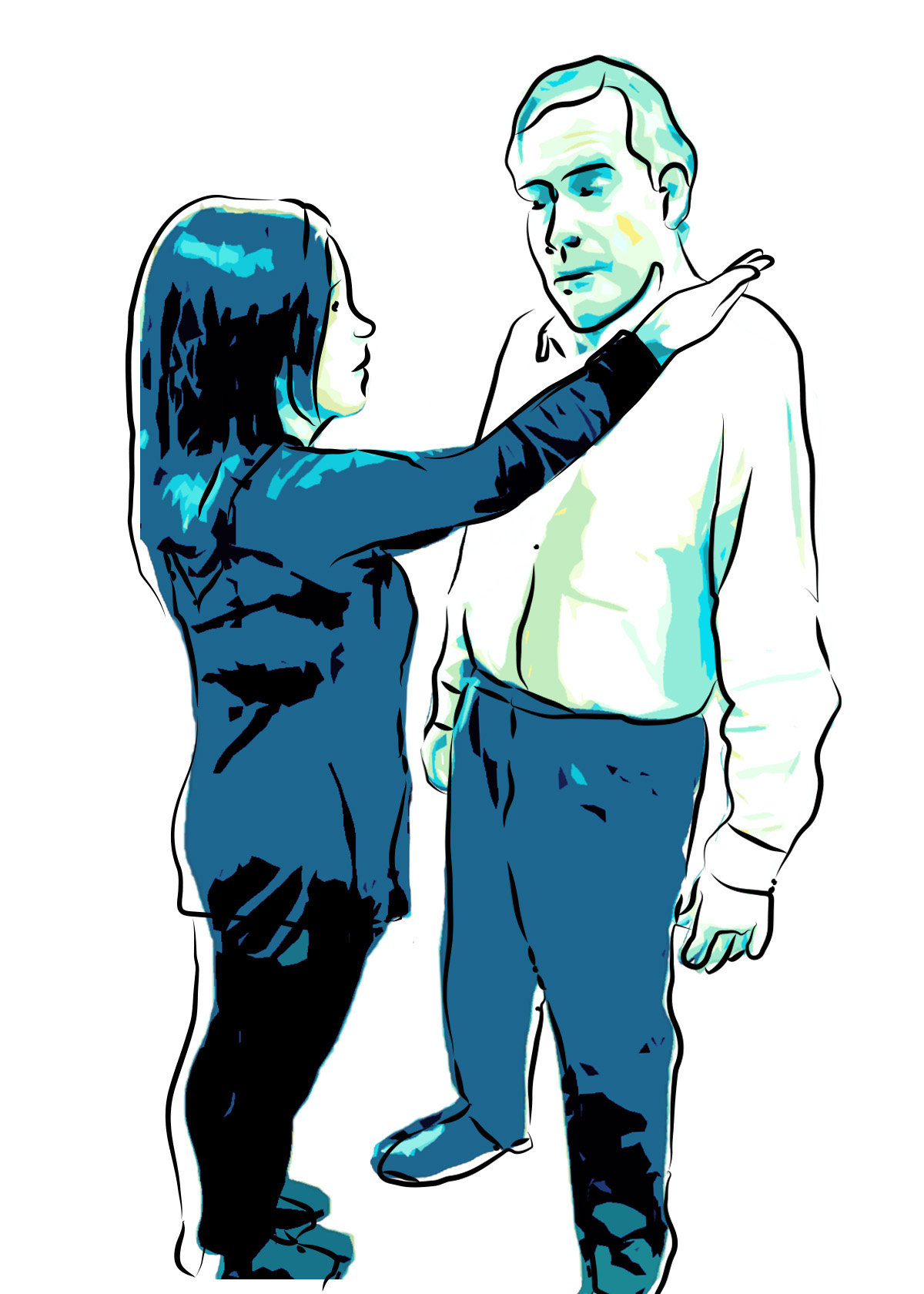The best self-defense: Avoidance
Here’s the #1 rule of self-defense: “You are in charge of your own personal safety.”
The second rule is that it's best to avoid an attack if at all possible. If you can’t avoid an attack, we teach you how to disable an attacker long enough so that you have the chance to safely run away.
Don’t be a target
Remember that attackers don’t randomly select their victims. They go after those who appear the weakest or most vulnerable—people they believe are unable or unlikely to fight back. Don’t be the person whom an attacker sees as a perfect mark.
Here are steps to take to help you avoid becoming a victim when you’re involved in everyday activities:
Walking:
- Always carry yourself confidently and look alert.
- Don’t let yourself be distracted by listening to music with earbuds or texting while you’re walking.
- Don’t wear a ponytail while you’re on the street, especially at night. A ponytail gives an attacker something easy to grab so he can readily pull you away.
- When you’re turning a corner, stand far away from the building you’re next to, and walk near the street.
- Trust your instincts. If someone is coming toward you who looks dangerous or threatening, cross the street. If he crosses the street as well, don’t let him get closer than about 6 feet away. Stop and yell, “Do not take another step toward me.” If he keeps coming at you, yell, “Fire.” That’s more likely to get attention than yelling, “Help.” It’s also likely to encourage the potential attacker to run away and find someone else.
- Whenever you’re walking alone, especially at night, put keys between your fingers. Close your hand around the keys and put your hand in your pocket. Car keys are very effective weapons when used on an attacker’s face.
Shopping and going out:
- Try to shop during daylight, if you can—especially if you need to go to a convenience store or any place where an attacker might be loitering.
- If you’re going out at night, park as close to the store or other destination as possible, and in brightly lit areas.
- If you’re walking through a dark parking lot at night, don’t hesitate to ask a store security guard or manager to walk you to your car.
- Day or night, never park on the right side of a van; it’s too easy for someone to grab you as you’re getting in or out of your car and quickly shove you into the van.
- Before getting back in your car, check the interior carefully, to be sure no one is hiding in the back or in front of the passenger seat.
- Lock your doors immediately after getting in your car.
- If you’re taking the subway, don’t stand near the tracks or look around as if you’re lost. Stand with your back to a building or wall so you can see anyone approaching.
How to stop an attack
Always assume your attacker is armed. Statistics show that in sexual assault cases, the attacker isn’t usually carrying a weapon—he relies on physical strength. When an attacker is planning to rob you, however, he’s likely to have a gun or a knife. In either case, assume he is armed.
"Please don't hurt me"
If you don’t see the attacker approaching and there’s no way out, or he’s already grabbed you and/or threatened you, your only choice is to act.
- Don’t let fear take over; breathe, relax, stay calm and focus upon the targets on the attacker’s body.
- If you don’t have car keys in your hand to use as a weapon, immediately put your hands in a totally defensive position, palms out and close to your face, and plead, “Please don’t hurt me.”
This is critically important. The attacker is likely to let down his guard because he thinks you’ve already shown that you will be submissive. Moreover, putting your hands up like that lets you get within immediate striking distance of his face, throat, and neck.
The best ways to fight back
Think only about the targets on his body; you want to use the hard parts of your body to strike the soft parts of his. One of the key benefits of self-defense training is that you’ll be able to respond to the threat immediately. Here are the best targets to aim for:

Using the heel of your hand, smash upwards just beneath his chin or under his nose.

Use the side of your fist and slam it against his ear several times quickly.

While holding the back of his neck, use your thumbs to attack his eyes.

Use your elbow or the side of your hand to hit the side of his throat, or push directly under his Adam’s apple with your thumb.

Use your knee to hit upwards into his groin or kick and smash his ankle; if possible, grab the back of his head or pull his hair forward before you do either, to help ensure a more effective strike.

If you’ve been pulled or knocked to the ground, and the attacker is on top of you, bite him hard—on the neck, face, or ear.

Don’t hit just once—do as many strikes in rapid succession as you can to cause pain to the attacker, and to disable him, if only for a short amount of time. Then run.
